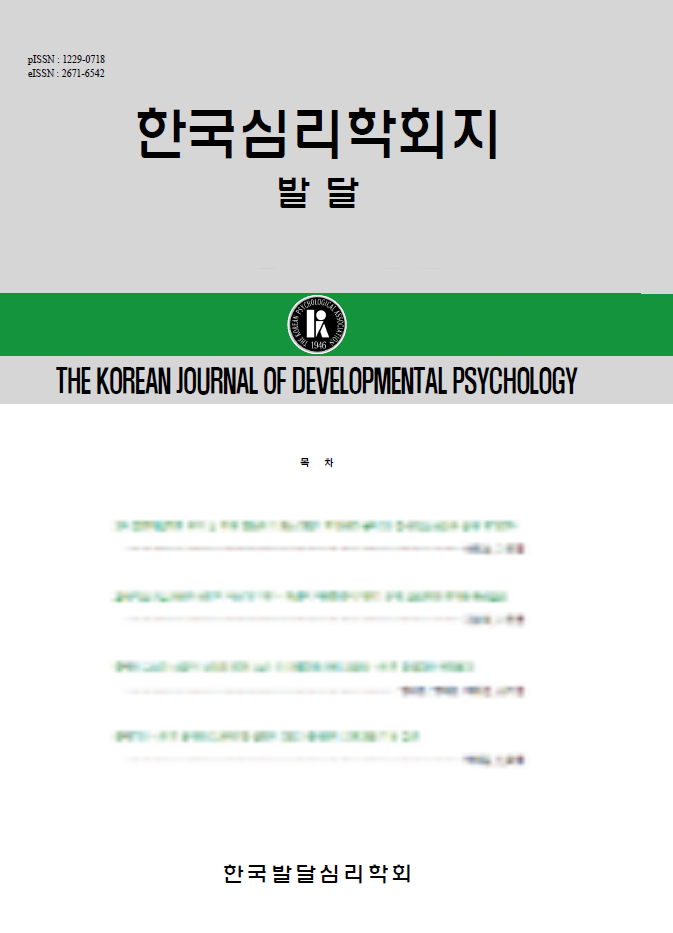open access
메뉴
open access
메뉴 ISSN : 1229-0718
ISSN : 1229-0718

Intentional detection is defined as when people detect an object which moves toward special direction as an agent having a goal and desire to go there. This study examined whether people detect the motions of self-propelled objects like human silhouettes and the motions of nonself-propelled objects like geometrical shapes or flowers as intentional agents when they interpret their movements. This study also, examined whether people detect and interpret motions differently when they see different motions, non-meaningful motions, goal-directed motions and interacting motions between two objects. The results demonstrate that people have tendency to detect the motions of human silhouettes more intentionally than the motions of geometrical shapes and flowers, and detect the interacting motions more intentionally than non-meaningful motions and goal-directed motions. Especially when the motions of human silhouettes were presented, people detect and interpret them as fully intended motions even when non-meaningful motions and goal-directed motions were presented. However when presented with nonself-propelled objects, geometrical shapes and flowers combined with interactive movements, people demonstrated a strong tendency to interpret their movements more intentionally than the other motions. This study suggests that people detect and interpret different agent's motions and motions of objects differently.
(2006) 지향성 탐지 과정의 뇌 활성화: 기능적 자기공명 영상 연구,
(2000) Do triangles play tricks? Attribution of mental states to animated shapes in normal and abnormal development,
(1995) Mindblindness: An essay on autism and theory of mind, The MIT Press
(1984) Infant sensitivity to figural coherence in biomechanical motion Journal of Experimental Child Psychology,
(1990) A project for integrating primate behavior and neurophysiology in a new domain Concepts in NeuroScience 1,
(1988) Social Expertise and the Evolution of Intellect in Monkeys, Oxford University Press
(2000) Movement and mind: a functional imaging study of perception and interpretation of complex international movement patterns,
(1989) The logic of social exchange:has natural selection shaped how humans reason? Studies with the Wason selection task,
(1995) Taking the intentional stance at 12 months of age,
(1993) Mindblindness,
(1944) An experimental study of apparent behavior,
(1994) Domain Specificity in Cognition and Culture, Cambridge University Press
(1985) Perception of personal and interpersonal action in a cartoon film British Journal of Social Psychology,
(1990) The infants's theory of self-propelled objects,
(1991) Playing with other's expectations Teasing and mucking about in the first year In Natural Theories of Mind,
(1985) The Perception of interpersonal emotions originated by patterns of movement,
(1995) Infants' knowledge of object motion and human action Causal understanding in cognition and culture, Clarendon Press
(1996) Nonverbal bases of social perception: developmental change in sensitivity to patterns of motion that reveal interpersonal events ,
(1998) Infants selectively encode the goals of a human actor,
